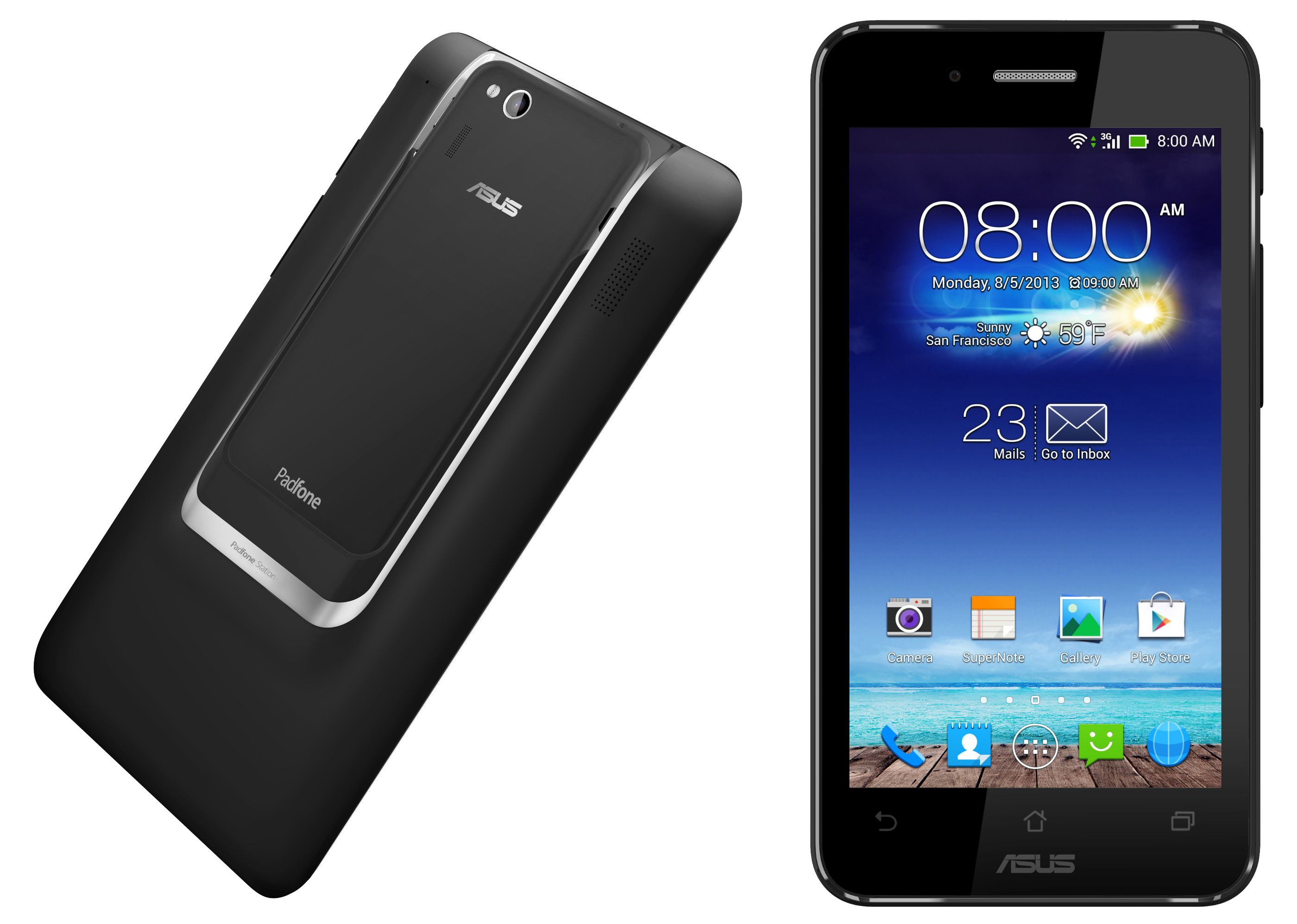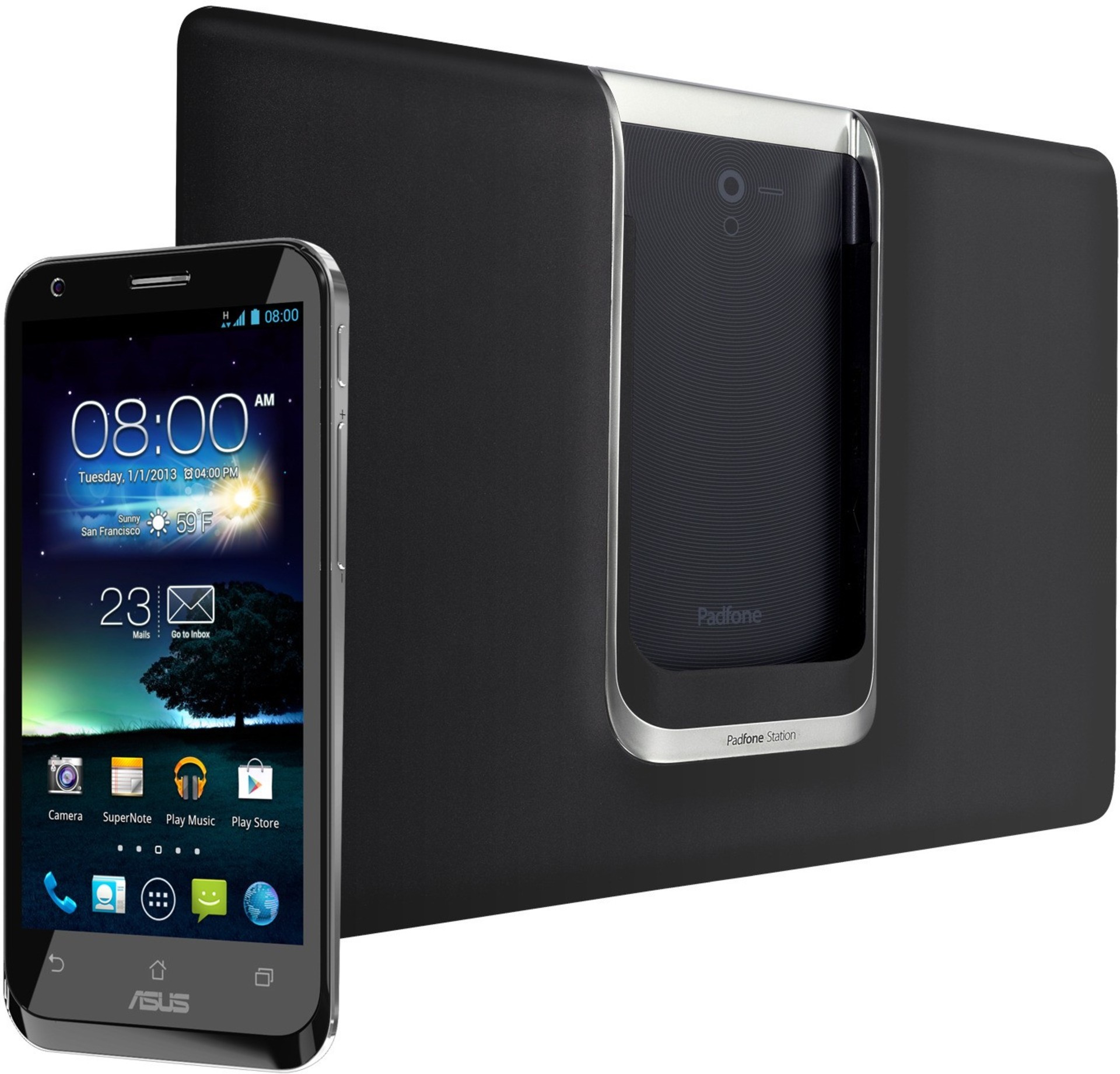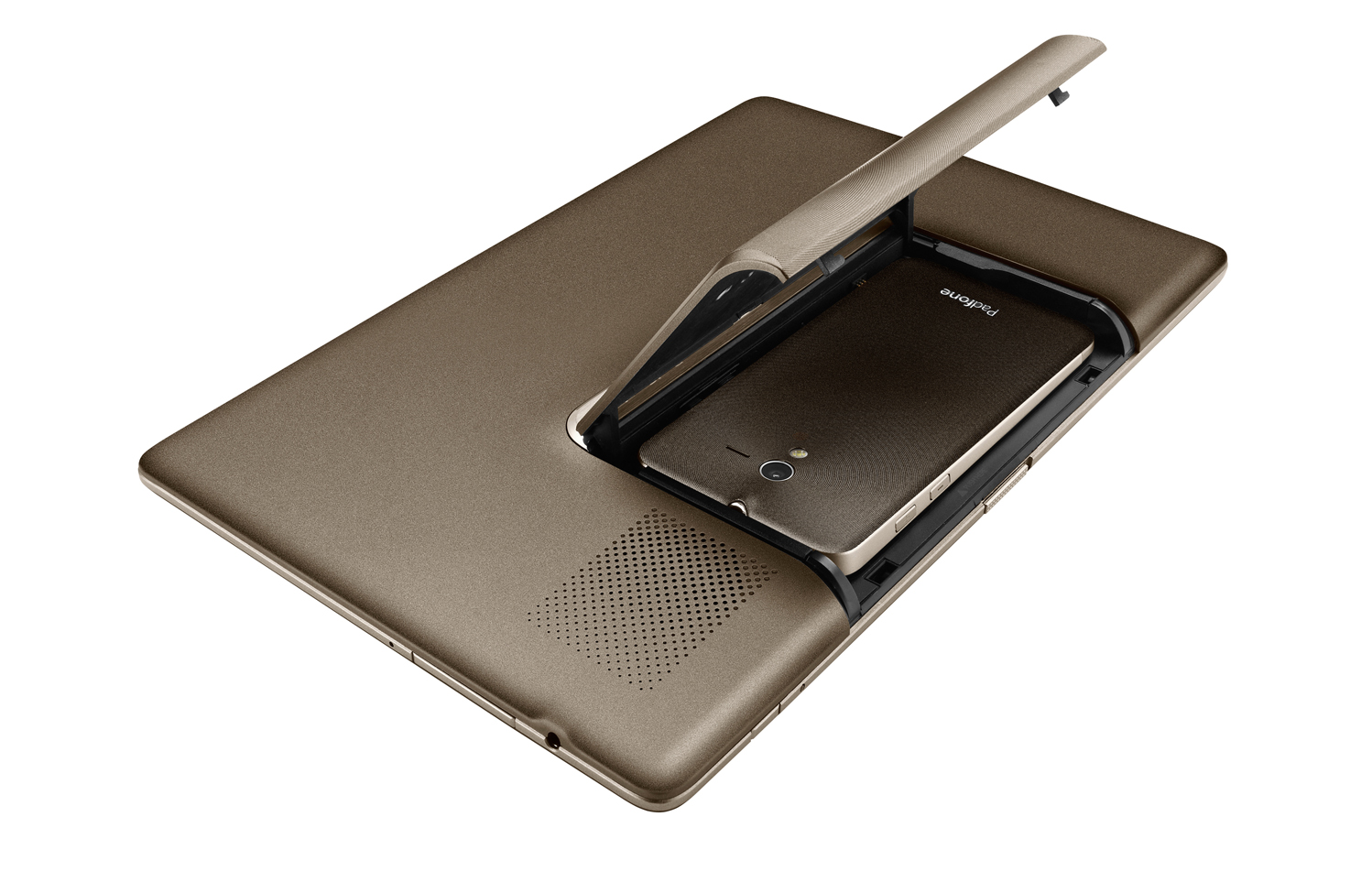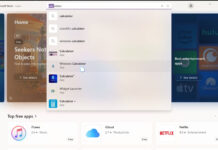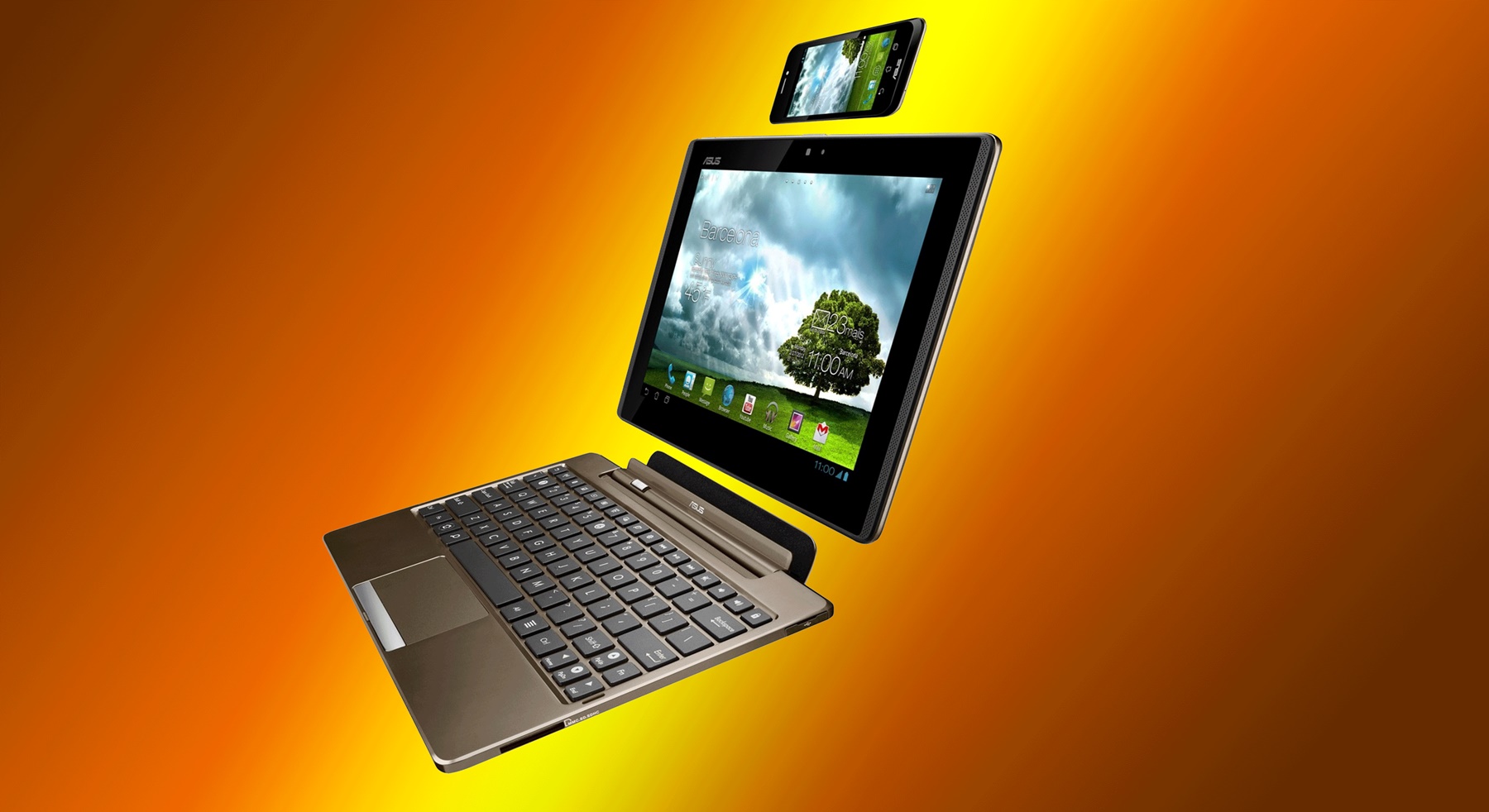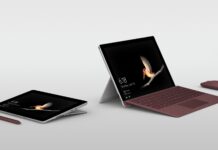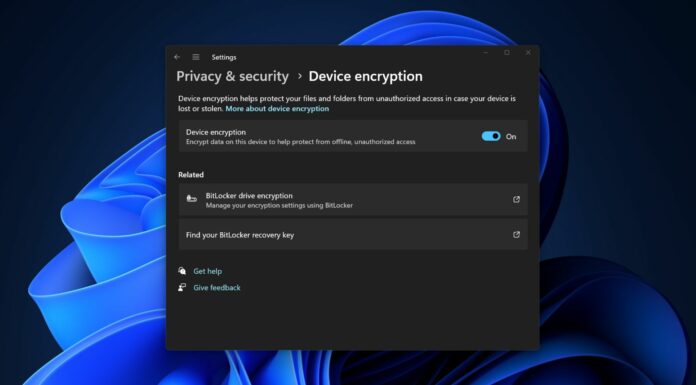ASUS is not the first company you think of when you want to buy a smartphone but yesterday at the Computex 2016 press event, the company revealed that they have sold over 30 million of their ZenFone series smartphones since it launched 2 years ago. It looks like their efforts are finally paying off and they will no longer just be known for their motherboards, graphics card and laptops.
But it wasn’t always like that. Prior to the ZenFone series, ASUS had this glorious idea of turning a smartphone into a tablet with their PadFone series. Sounds familiar right, that exactly what Microsoft aims to do with Contininuum on Windows 10 Mobile but instead of an actual hardware transition, they are focusing more towards a software transition.
In case you are unfamiliar with the ASUS’s PadFone series, it is basically a line up android based smartphones that ASUS made from 2012 to 2014. The PadFone series is unique because it is designed to be a smartphone that is also able to power a tablet.
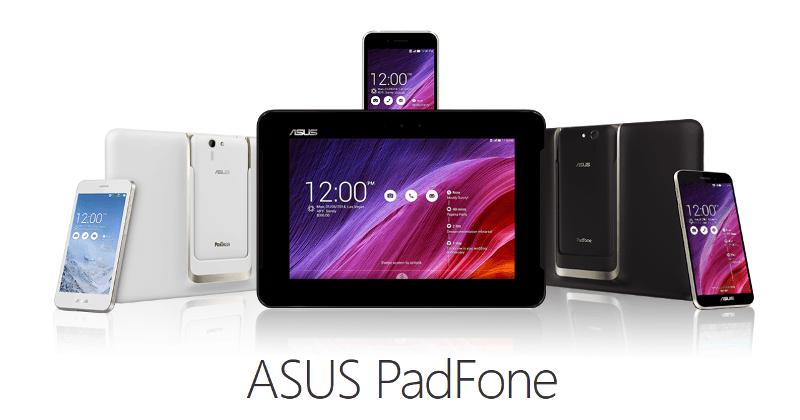
ASUS’s PadFone series was a very ingenious idea when it first came out. The PadFone series went through several iterations that improved both the software and hardware experience. In 2014, ASUS seemingly lost all hope after releasing the PadFone X and since then, the series has been discontinued.
Personally, I think the reason why the ASUS PadFone series never managed to fly off the shelves is because of the software experience. Back when the PadFone series existed, Android was still an operating system that was filled with uncertainties both in terms of the UX and general performance. I believe that ASUS also had a hard time optimizing the performance of the PadFone.
That coupled with the rise of phablets caused the death of ASUS’s infamous PadFone series. Smartphones were just getting bigger and the PadFone series was never a elegant setup by any means with it’s somewhat clunky design.
It is 2016 and advancements like the advent of USB Type C, improvements in the manufacturing process that enable devices to be thinner than ever without sacrificing the performance and the fact that Microsoft has built a software experience that aligns with the vision that ASUS had with the PadFone series makes it a win win situation.
Unlike Android, Windows 10 Mobile was built to transform a smartphone into a laptop. The apps and UI has also been built to scale to any display which makes this idea even better. Just imagine that that such a dock exists, you can practically have both a laptop and phone by just buying one device.
However, ASUS doesn’t seem to have any interest in making phones that run Windows, I guess it is up to somebody else to make this dream a reality. Who knows, maybe Microsoft’s Surface Phone will work like this. But either way, I am pretty sure that some company is bound to make such a device once again since Microsoft has been working hard to bake Continuum right into Windows 10 Mobile.
Below are a couple of images for you to marvel on the possibilities.
